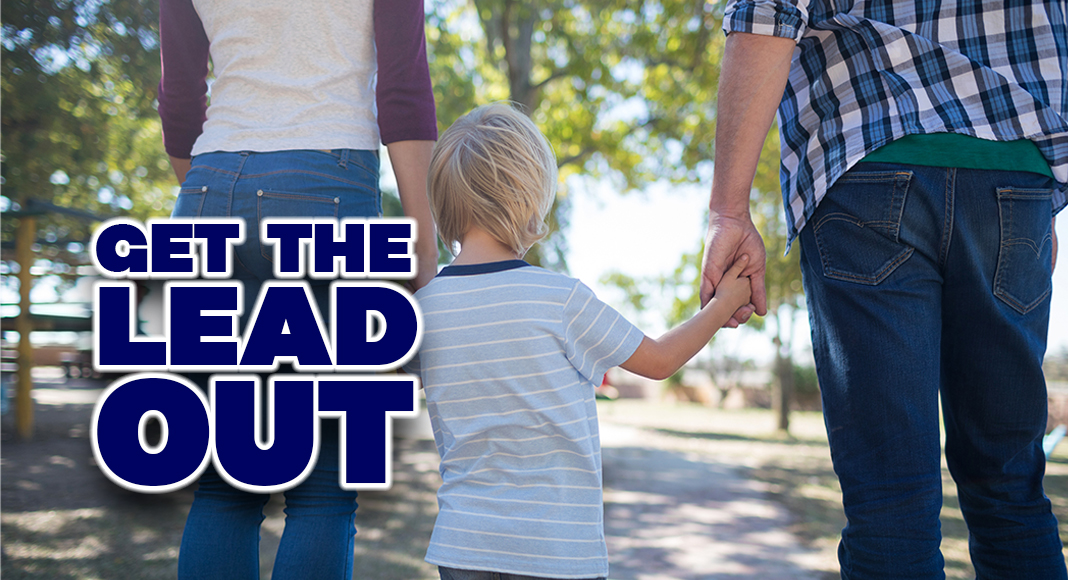
Mega Doctor News
The Centers for Disease Control and Prevention (CDC) recently updated its blood lead reference value (BLRV) from 5 µg/dL to 3.5 µg/dL in response to the Lead Exposure Prevention and Advisory Committee (LEPAC) recommendation made on May 14, 2021. The BLRV is intended to identify children with higher levels of lead in their blood compared to most children, based on the 97.5th percentile of the blood lead level (BLL) distribution in U.S. children ages 1–5 years.
“No level of lead is safe and yet, more than half of our nation’s children are at risk of lead exposure, often in their own home,” said Health and Human Services Secretary Xavier Becerra. “Today’s action by CDC is a reminder of how important it is for parents to ask their child’s doctor about early blood lead testing, so parents can take steps to keep them safe from the toxic and irreversible effects of lead exposure.”
Based on the CDC’s updated BLRV, federal partners, health departments, health care providers, and others are encouraged to focus resources on children with the highest BLLs compared to most U.S. children ages 1-5 so more prompt actions can be taken to 1) reduce their levels, 2) mitigate health effects, and 3) identify and eliminate sources of exposure.
“Lead exposure at all levels is harmful to children and can be detrimental to their long-term health,” said CDC Acting Principal Deputy Director Debra Houry, M.D., M.P.H. “Protecting the health and wellbeing of children as they grow and develop is of the utmost importance, and I am confident this update will allow us to further safeguard the health of the next generation.”
Despite the overall decline in BLLs, lead exposure remains a significant public health concern for some children because of persistent lead hazards in the environment. Sources of lead include housing contaminated with lead-based paint, soil contaminated by historical sources of lead including automobile gasoline and activities such as lead mining or smelting, drinking water lead service lines, and lead in household plumbing materials. Children may also be exposed to lead through ingestion of contaminated candies and food packaging; some folk remedies, cultural products, and consumer products; and lead dust that caregivers might bring home on their clothing from their workplaces.
Children of non-Hispanic Black or African American race, those living in low-income households and those who are immigrants or refugees, are more likely to live in communities where lead is pervasive. By updating the BLRV, CDC continues its commitment to health equity by striving to protect children who are at higher risk for exposure to lead. No safe BLL in children has been identified and even low levels of lead in blood have been shown to affect learning and academic achievement, and some effects may even be permanent. Preventing exposure before it occurs is essential, and if caught early, there are steps parents, healthcare providers, communities, and others can take to prevent further exposure and reduce damage to a child’s health.
If your child has a high lead level, there are things you can do at home to help.
Make a plan with your doctor.
Work together with your doctor to find the best treatment for your child. Ask questions if you don’t understand something.
You may need to:
• Go back for a second lead test.
• Test your child for learning and development problems. This test is called a “developmental assessment.”
Find the lead in your home.
Most children get lead poisoning from lead paint in homes built before 1978. It is important to find and fix lead in your home as soon as possible. Have your home inspected by a licensed lead inspector.
Don’t remodel or renovate until your home has been inspected for lead. Home repairs like sanding or scraping paint can make dangerous lead dust.
Clean up lead dust.
When old paint cracks and peels, it makes lead dust. Lead dust is so small you cannot see it. Children get lead poisoning from swallowing dust on their hands and toys.
• Use wet paper towels to clean up lead dust.
• Clean around windows, play areas, and floors.
• Wash hands and toys often with soap and water. Always wash hands before eating and sleeping.
• Use contact paper or duct tape to cover chipping or peeling paint.
Give your child healthy foods.
Feed your child healthy foods with calcium, iron, and vitamin C. These foods may help keep lead out of the body.
• Calcium is in milk, yogurt, cheese, and green leafy vegetables like spinach. • Iron is in lean red meats, beans, peanut butter, and cereals.
• Vitamin C is in oranges, green and red peppers, and juice.
Learn more. Get support.
Contact your local health department. Trained staff will answer your questions and connect you to other resources in your community.
Dealing with lead poisoning can be stressful. Be sure to ask for support.
You may want to talk to other parents who have children with lead poisoning.










